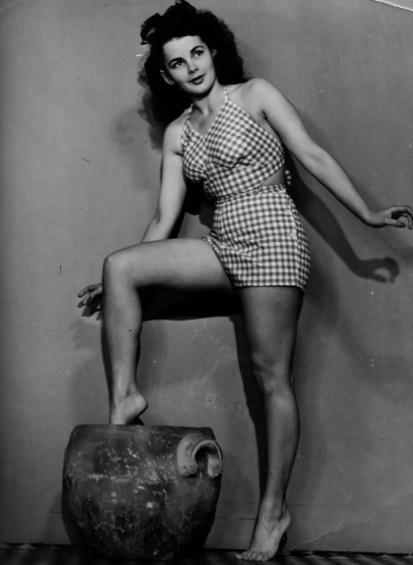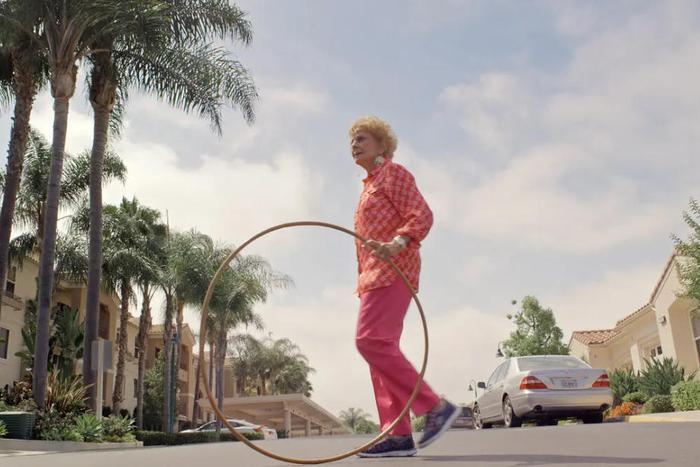

On July 14th, the “Hula Hoop Girl,” Joanne Anderson, passed away at a nursing home in California, USA, at the age of 101. Her daughter, Laura Lin Wesley, announced the news.
According to reports, in the 1950s, this Australian model brought her hometown’s playthings to America. While visiting relatives in the United States, she noticed people playing with this wooden toy everywhere. Because of its spinning posture resembling a hula dance (known as hula in English), she named it the “Hula Hoop.” Subsequently, Joanne Anderson’s husband, Wayne, saw an opportunity and decided to sell the Hula Hoop to the then-famous Hume-O toy company.
In the documentary “The Hula Girl,” Joanne Anderson holds a Hula Hoop that her mother had sent to her from Australia. In the 2018 short film “The Hula Girl,” Anderson said, “We told the company we called it the Hula Hoop.” The company responded, “It seemed like there was potential; if it made us money, it would make you money too.”
Anderson mentioned that the deal ended with a “gentle handshake” without any further agreement. Afterward, Hume-O began producing and developing plastic versions of the Hula Hoop. Following the release of the Hula Hoop, long lines formed at department stores. As the popularity of the Hula Hoop continued to grow, Anderson said, the company’s contact with them dwindled.
“My husband and I called the person in charge to ask what happened, but he kept delaying, and eventually just ignored us.”
Anderson’s daughter, Laura Lin, said that the “handshake agreement” left her mother empty-handed. “What has been the most troublesome thing for me over the years is that my mother never received any praise for bringing the Hula Hoop to the world and bringing joy to everyone.”
She once sued a US company.
To date, some still believe that the inventor of the Hula Hoop is Hume-O Toys. Sometimes, reports about the Hula Hoop mention that a “friend” from Australia introduced the product to the company for the first time. “I think that makes me even more upset than anything else,” Anderson said, “This matter has never been properly reported, and I am not a ‘friend.'”
▲In her youth, Anderson was a model in Australia, known as the “Mini Venus.”
In 1961, Anderson and her husband filed a lawsuit against Hume-O Toys. However, the company claimed it was in financial difficulty due to a backlog of unsold Hula Hoop products and stated that after deducting production costs, the company was not profitable. The case ultimately settled out of court, with Anderson and her husband receiving only a few thousand dollars in compensation.
Anderson expressed in the documentary, “The world is unfair, but life must go on.”
“Joanne Anderson is a remarkable woman who lived a wonderful life, nothing could defeat her or her husband, family, or anyone else,” said Amy Hill, the producer of “The Hula Girl” documentary.
Red Star News Wang Yalin Intern Zhou Yuexiao
Editor Yang Xu Editor-in-Charge Guan Li